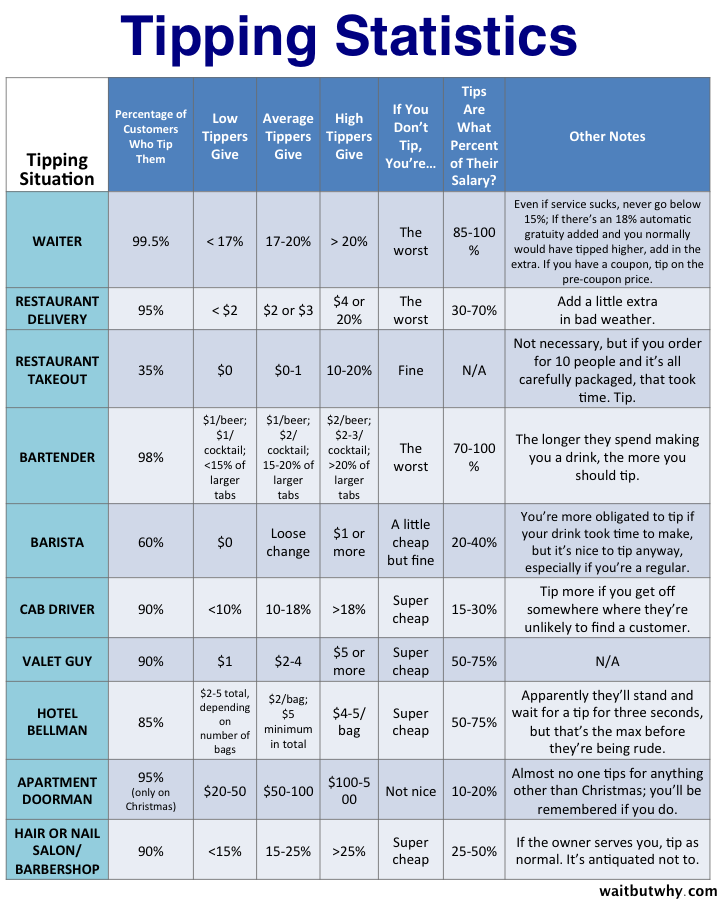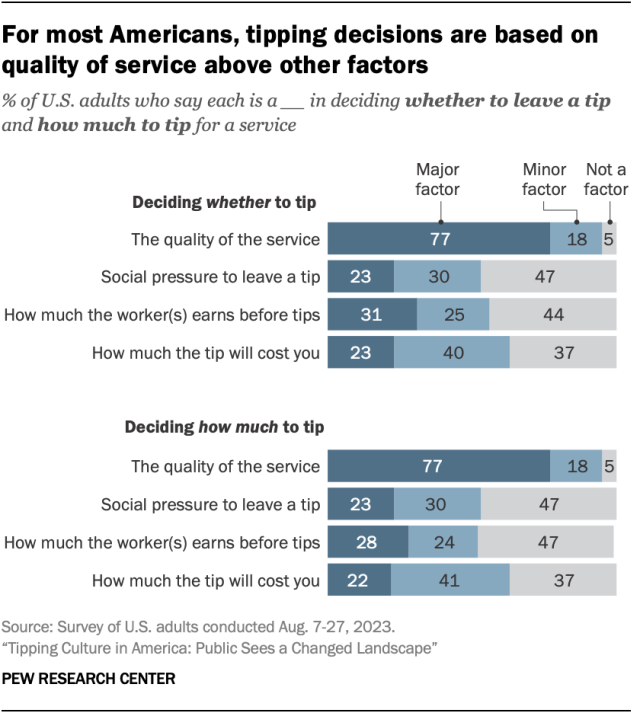Tipping Hair Salon Owners
Do you tip the owner of a hair salon?The question of whether to tip the owner of a hair salon has become a topic of debate in recent years, with evolving etiquette standards and varying opinions. While traditionally it was not considered necessary to tip salon owners, modern practices and expectations have shifted, leading to a more nuanced approach to tipping in these situations.
The Evolution of Tipping Etiquette


Factors Influencing Tipping Decisions



Comparing Tipping Practices Across Different Services



Tipping practices vary significantly across different service industries and countries. In the United States, restaurant waitstaff are the most likely to receive tips, with 77% of American diners typically tipping their servers[2]. Americans also commonly tip hairdressers, bar staff, taxi drivers, and delivery drivers[2]. In contrast, European countries generally have lower tipping rates. For instance, only 24% of Danish diners regularly tip waitstaff, while 59% of British diners do so[2]. Tipping motivations also differ, with Americans more likely to tip even for poor or terrible service compared to Europeans. For example, 20% of American tippers report leaving a gratuity for terrible service, while only 2-8% of European tippers do the same[2]. These differences reflect varying cultural norms, wage structures, and attitudes towards tipping across different services and regions.
